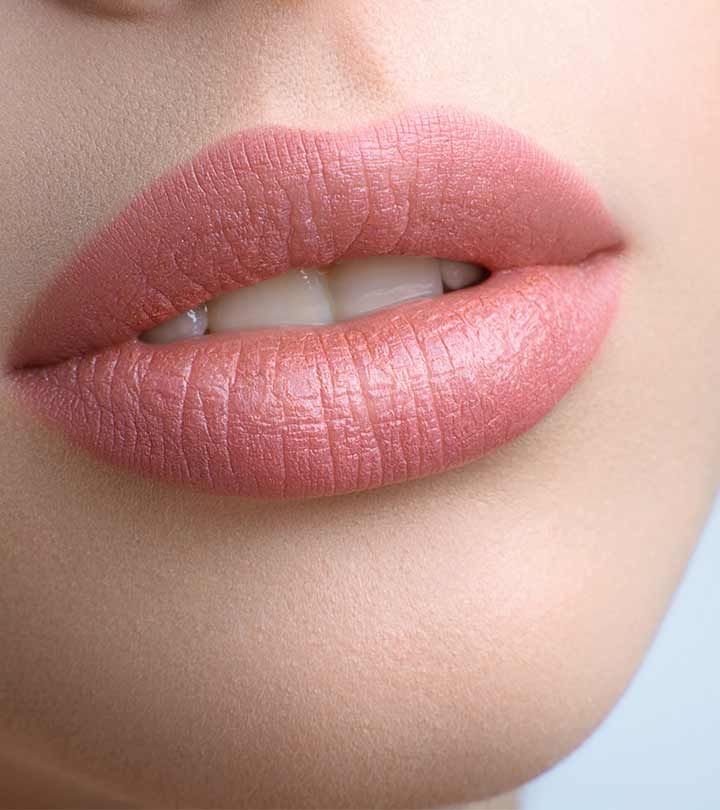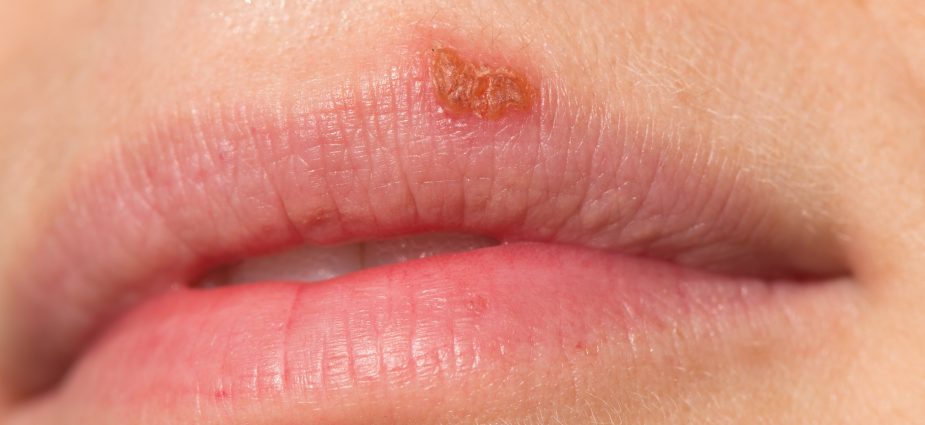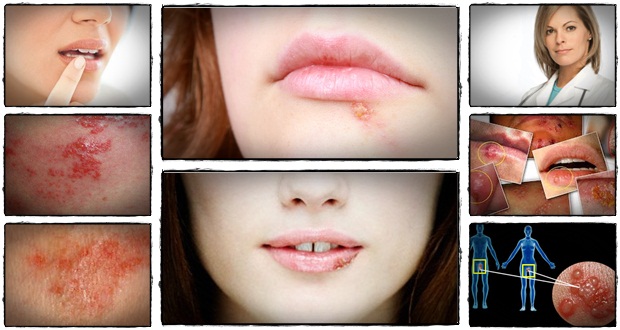If you’ve never had a cold sore from herpes before, you might not know what to expect. Also known as fever blister, they’re usually a signal that your body is run down or stressed out. You probably feel exhausted, and the onset of a cold sore is likely to make you feel even worse. One of your first questions is likely to be how long do cold sores last?
On average, a cold sore takes between 8 – 12 days to clear without any kind of treatment. Freaking out yet? Who wants to spend a week or two walking around with a festering blister on your face? And why do they take so long to heal?
Here’s what you need to know about the lifecycle of a cold sore from herpes simlex virus.
Table of Contents
How Long Do Cold Sores Last: Five Stages
Stage One: Tingle

Before you see a cold sore, you might feel a tingling.
You don’t really notice it at first, but then you become aware of a strange sensation on your lip. It could be a tingle, or an itch or even a burning sensation. The skin on your lip may feel like it’s getting tighter.
These are the signs that a cold sore is forming. The thin skin on your lips is starting to swell due to the inflammation caused by the virus that has been activated.
Duration: Days 1 – 2
Stage Two: Blister
Now it gets ugly. Small blisters start to appear in a cluster on your lip. The pain gets worse and the itching intensifies. These blisters are filled with fluid that contains millions of particles of the HSV-1 virus. Your body is busy fighting the virus by sending white blood cells to the area.
Duration: Days 2 – 4
Stage Three: Ulcer
Just when you thought it couldn’t get any worse, the blisters burst. Ouch! If you thought the last four days were uncomfortable — this is the most painful stage of the cold sore lifecycle. A shallow ulcer develops and the area is red and inflamed.
Duration: Days 4 – 5
Stage Four: Scabbing
The worst is over, but there’s still a long way to go as your skin starts to heal. As the cold sore dries out, a golden-brown scab forms over the area. Splits and cracks may form in the scab and if you pick at it now, it may bleed a little. As with all scabs, things can get itchy as the skin starts to heal.
Duration: Days 5 – 8
Stage Five: Healing

After a cold sore, or fever blister, forms, scabbing and healing will take some time.
At last, you’re on your way to showing your face in public again. The scab starts to come off, but the skin underneath may be dry and flaky. It may also look slightly red or pink, so take care and moisture as much as possible to avoid any scarring.
Duration: Days 8 – 12
From the moment you feel that first tingle, until you’re all healed up, you’re contagious. That means you could pass the virus on to other people, so avoid kissing anyone until it’s all over. This is especially important when it comes to new-born babies, the elderly or anyone with a compromised immune system.
What Can You Do to Speed Up the Healing Process?
Once a cold sore starts, there is little you can do but let it run its course. However, there are some steps you can take to reduce the severity of an outbreak:
- Natural treatments: You might be surprised to find that many of the things in your grocery cupboard will help to relieve the itching and swelling that comes with cold sores. Milk, corn flour and peppermint oil can be applied to the blister to soothe the skin, kill the virus and heal the sensitive skin on your lip.
- Pain relievers: Paracetamol and ibuprofen can help you get some relief from the pain caused by the blisters swelling and erupting.
- Prescription topical treatments: If you can get to a pharmacist, they may recommend a cream or ointment you can use to treat your cold sore.
While all these remedies will help you through the five stages of the cold sore cycle, none of them can kill the virus and remove it from your body. For that you need to take a long term approach and investigate alternative remedies.
When Just Treating a Cold Sore Isn’t Enough
Conventional medicine believes that the HSV-1 virus (which is responsible for cold sores) cannot be eradicated. That’s because it lies dormant in your nerves until it is triggered by stress, illness and even exposure to sunlight. That’s depressing news — particularly if you suffer from frequent break outs.
Something your doctor won’t tell you is that your body has the ability to defeat this virus. But it needs help. That could come from an all-natural, herbal product like Herpeset. It’s available in a handy spray-application that you can use three times a day. But you don’t apply it directly to the cold sore; instead, you spray it under your tongue where it can be absorbed directly into your bloodstream. With regular use of Herpeset, you’ll notice that your outbreaks decrease in frequency and severity.
One of the things that makes the HSV-1 virus so tough to kill is the protein barrier that protects it. Getting past this can be difficult, but someone has found a way. In her book, The Ulitmate Herpes Protocol, Melaine Addington describes how to break through the exterior barrier of the virus, stop it from replicating and ultimately, remove the virus from your body.
Her book has helped countless people free themselves from the pain and embarrassment of fever blisters for good. And her approach is completely natural and inexpensive.
A cold sore seems like a little thing, but they’re painful and unsightly. People who never get them just don’t understand how you feel about having to deal with them. But, if you do some research you’ll find a remedy that works for you. Whether you just need to speed up the healing process, or want to get rid of cold sores for good, a natural approach is always the safest and most effective way.

